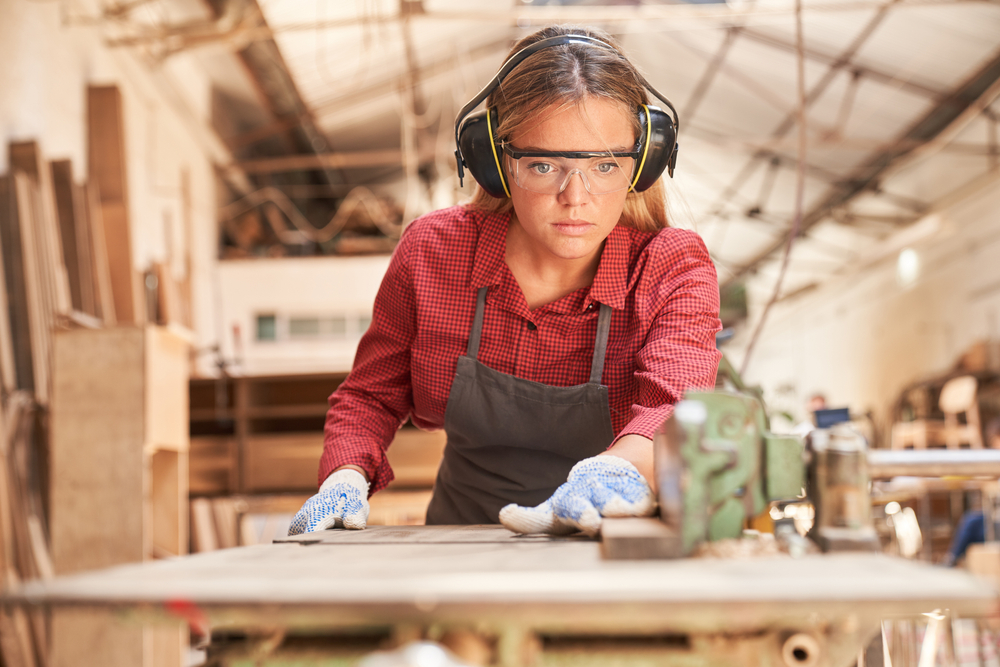
Hearing protection plays an important role in protecting your ears against damaging noise levels, whether at work, concerts, or even while doing DIY projects at home. However, a number of factors can impact the effectiveness of your hearing protection, leaving you exposed to potential risks. Understanding these issues can help you address them proactively and maximize the benefits of your protective gear.
Why hearing protection fails: common scenarios
Even when you observe best practices, unexpected difficulties can arise. You keep away from overly loud situations as much as possible, use earplugs at concerts, and diligently use earmuffs at work. Yet, certain variables can still interfere with your hearing protection’s effectiveness. Luckily, by acknowledging these common pitfalls, you can make informed adjustments to ensure your hearing is always well-protected.
1. Specific situations call for specific types of hearing protection
Hearing protection isn’t one-size-fits-all, and picking the wrong type for a given environment can reduce its effectiveness.
There are generally two primary categories of hearing protection:
- Earmuffs: Bigger, headphone-like device that goes over the whole ear.
- Earplugs: Little foam or rubber plugs that tuck securely into the ear canal.
There is an ideal type for each situation:
- Earplugs are appropriate for settings with continual noise levels, including factory floors or airplane cabins.
- In settings like a construction site where noise is periodic and you might need to frequently remove your hearing protection, earmuffs are the better choice.
If you’re in a quiet environment and need to temporarily remove your hearing protection, earmuffs are easier to manage. Disposable earplugs, in contrast, can leave you vulnerable to hearing damage because they can be easily misplaced. The first step towards successfully safeguarding your hearing is to pick the correct type of hearing protection.
2. Individual anatomy effects fit and effectiveness
Some devices will fit better than others based on the size and shape of the person’s ears. Basic earplugs and earmuffs are often designed for average dimensions, but your ear anatomy might require a more customized solution.
- Larger ear structures: Earmuffs could be uncomfortable if your ears are bigger than average creating gaps in the seal.
- Smaller ear canals: If you have narrow ear canals, standard-sized earplugs might not create an effective seal, reducing their noise-blocking abilities.
If your hearing protection doesn’t fit correctly, you could become discouraged and choose to discontinue using them altogether which can imperil your hearing. Think about buying custom-fitted earplugs or professionally fitted earmuffs if you spend a great deal of time in loud settings. Deciding to go with a more customized approach will offer you increased comfort and effectiveness, keeping your hearing safe in any situation.
3. Failing to maintain or replace ear protection
Like any piece of equipment, hearing protection devices need maintenance to continue to be effective. Their ability to supply adequate protection can be compromised by things like incorrect cleaning, wear and tear, and failure to replace them when needed.
Here’s how to maintain your hearing protection:
- Clean Properly: Debris and earwax can build up on your hearing protection over time. Clean them regularly using manufacturer-recommended techniques to ensure cleanliness without damaging the material.
- Check for Damage: Frequently inspect the elastic band on earmuffs. A loose or stretched band can reduce their snug fit, lowering their noise-blocking capacity.
- Replace Cushions: Over time, earmuff cushions can lose their flexibility. Replace them when necessary to maintain a proper seal.
Your hearing protection will be less effective and possibly unusable if you ignore these basic maintenance duties. In order to ensure consistent and efficient performance, and to extend their lifespan, it’s crucial to keep these routine maintenance routines.
What is the role of a hearing specialist?
If you’re uncertain whether your hearing protection is doing its job, schedule an evaluation appointment with us. After examining your devices, we can help you with a customized solution that will work best for you.
Keeping your hearing safe is a commitment that lasts a lifetime and it’s crucial that you do it with the proper tools. By addressing these common challenges, you can confidently protect your ears from harmful noise and preserve your hearing for years to come.